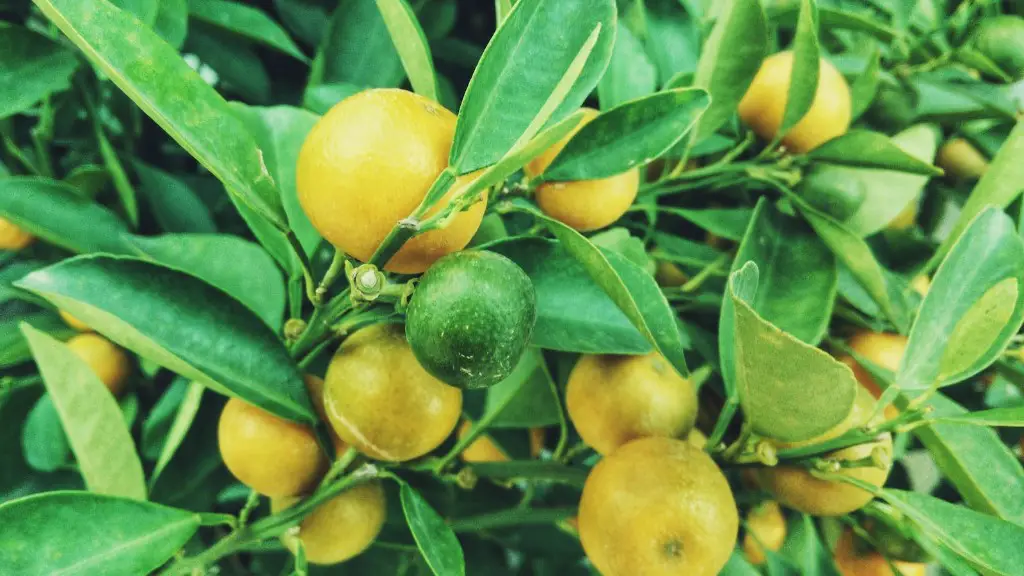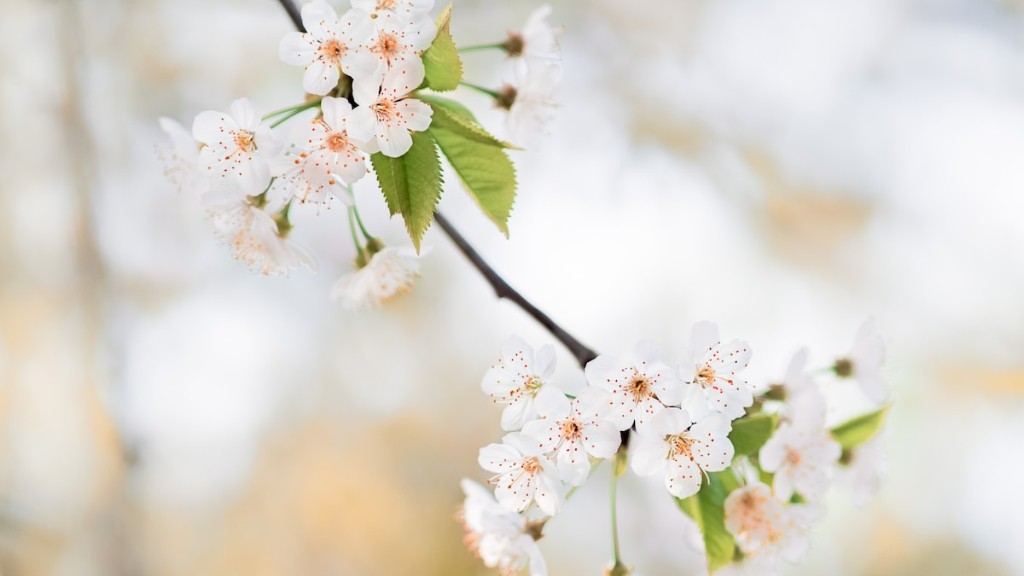Avocados are a tasty addition to salads, toast, and tacos, but did you know it’s possible to plant the seed of an avocado and grow an avocado tree? Growing an avocado tree from seed is a fun activity for children and adults alike, and it’s a great way to make sure you always have fresh avocados at your disposal. But is it really possible to make an avocado tree from a seed? The answer is yes, and it’s surprisingly easy.
The process of growing an avocado tree from seed is usually as simple as sticking a toothpick into the seed and suspending it over a cup of water.
This method is planting the seed in a vase or general container, and then growing an intense root system before transplanting it into the ground.
When done correctly, the seed will sprout and soon become a small plant. As the plant develops, it will grow larger and eventually produce fruit. While not all plants will produce fruit, they can still be beneficial as ornamental plants. It isn’t much more difficult to grow an avocado tree than it is to grow other types of houseplants, but there are a few tricks that will help nurture a successful harvest.
When an avocado tree is first planted, it should be placed in a pot that is at least 8 inches deep and have good drainage. The plant should then be given nutrient-rich soil and plenty of sunlight. When watering the avocado tree, it is essential to give the plant just enough water and never over water it. Over-watering can lead to root rot and the death of the plant.
That said, an avocado tree does require consistent and correct watering to grow. Proper fertilization is another important factor, as the tree will need it’s fair share of nutrients to become a robust tree that fruits.
With the right environment and proper care, avocado trees can become a bountiful source of sustenance. The average life span of an avocado tree can range from 10 to 20 years, but it may take up to four years before the tree begins to produce fruit and even then the quantity of fruit may not be abundant.
Water Fertilization for an Avocado Tree
Water is a critical nutrients for an avocado tree and proper fertilization helps ensure that the tree has enough water to grow and fruit. When fertilizing an avocado tree, it’s important to add the right nutrients to the water. Nitrogen, phosphorus and potassium are all important elements when fertilizing an avocado tree and they must be present in the soil in order for the tree to remain healthy.
Fertilizing the tree regularly and supplying it with enough water is essential. An avocado tree needs to be watered approximately two to three times a week, and the frequency of fertilization depends on the type of fertilizer used.
Organic fertilizers like aged manure, compost and mulches should be added to the soil once a year. Chemical fertilizers should only be added to the soil every month when you water the tree. However, an easier way of supplying the tree with the necessary nutrients is by using an organic slow-release fertilizer that is designed specifically for avocado trees.
Light Needs for an Avocado Tree
Avocado trees need at least six hours of direct sunlight every day. It’s important to keep in mind that the amount of sunlight needs to be consistent. Direct sunlight is optimal, but if the climate is too hot, then the avocado tree can benefit from indirect sunlight or even a bright, partially shaded area.
Young avocado trees may require more shade as they need to adjust to the environment before they can handle full direct sun. Avocado trees are hardy and can withstand different light levels and climates, but they need to be adjusted to their environment in order to thrive. If the tree is planted in the wrong area and receives too much sunlight, it is likely to suffer from sunburn.
Aside from sunburn, it is important to avoid extreme temperatures when caring for an avocado tree. Avocado trees will typically be planted in USDA Zone 9, which means that the temperature should not drop below 30 degrees Fahrenheit (-1 degree Celsius). If the temperature does drop below 30 degrees Fahrenheit, the tree should be protected with a frost cover of burlap to make sure it stays warm.
Pests and Diseases for an Avocado Tree
Most pests and diseases that affect an avocado tree are caused by using too much fertilizer, over-watering or planting the tree in an area with too much sun. Pests like aphids, thrips, and mites can affect an avocado tree, while fungal and bacterial diseases like root rot and stem blight can also occur.
To prevent pests and diseases, it’s important to make sure the avocado tree is getting enough nutrients, water and light and that it is planted in the right place. If signs of pests or diseases do appear, it is important to take care of the issue as soon as possible to prevent the spread of the problem.
It is also important to never introduce foreign plants to the area where the avocado tree is planted, as this can introduce disease or pests to the tree. Finally, it’s important to regularly inspect the tree for signs of pests and diseases in order to catch the problem early on before it spreads.
Harvesting and Pruning an Avocado Tree
Avocados usually take three to four years to be ready for harvesting, but the time frame for harvesting can vary depending on the type of avocado tree. When the avocados are ready for harvesting, they should be picked by hand and not with a mechanical picking device as this can damage the tree and the fruits.
In addition to harvesting the fruits, pruning is also important for an avocado tree. Pruning will help the tree produce more fruit and it will also help shape the tree to maintain its form. Pruning should be done in early summer and care should be taken to not over prune the tree. It’s also important to make sure the pruning cuts are done cleanly and that the pruned materials are disposed of properly.
Storing and Planting an Avocado Tree
If an avocado tree has been grown in a pot, it might need to be repotted if the root system has become too large for the pot. Typically, once a tree has grown to a certain size it needs to be repotted into a larger container with plenty of space for the roots. The larger container should also have proper drainage holes.
Repotting an avocado tree is also a great opportunity to add fresh soil to the container. Make sure the soil is nutrient rich and has all the right elements to encourage healthy growth. After the tree has been repotted it should be left for a few days for it to acclimate.
When planting an avocado tree, the soil should be worked to ensure that it has a good mix of soil and nutrients. When planting, the root system should be gently spread and the soil should be pressed gently around the tree.
For outdoor avocado trees, it is also important to dig a “moat” around the tree. Water should then be filled in the moat to help encourage deep root growth and reduce the need for constant watering.
Propagating an Avocado Tree
Another great way to propagate an avocado tree is by air layering. In air layering, a stem is cut and bent downwards and the bottom node is then wrapped in moistened sphagnum moss. The moss should be secured with string or plastic wrap and left until a root system develops. Once roots have grown, the stem can be cut below the root system and replanted into soil.
Grafting is another propagation method that is commonly used for avocado trees. This method involves cutting two twigs from two different trees and then splicing them together. The graft should then be secured with tape or plastic wrap to make sure it stays in place. When the graft has taken hold, it should be pruned back and left for a few weeks for the graft to take hold.
Propagating an avocado tree with air layering or grafting can be a great way to increase the production of avocados that come from a single tree. It is a great way to increase the yield of an avocado tree and also to create new varieties of avocado.
In conclusion
Planting an avocado tree from seed and tending it through to harvest can be a rewarding experience. It requires patience, consistency, and the right conditions, such as access to the right amount of water, nutrient-rich soil, and enough sunlight. The right pest and disease control strategies should also be implemented to protect the tree, and once the tree is established, it should also be pruned and grafted occasionally for increased yield.



